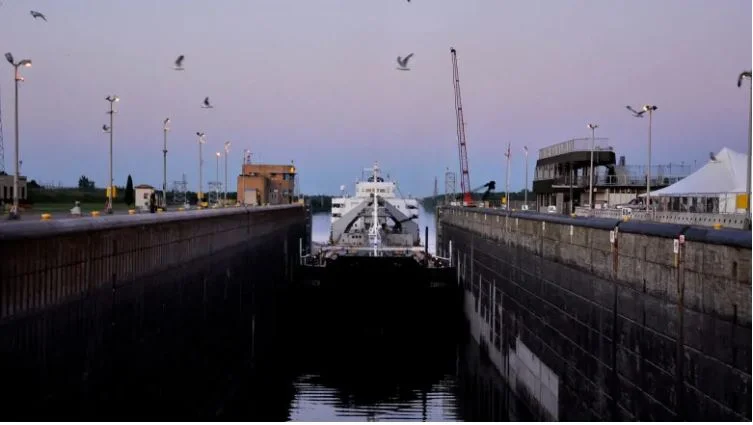"For the first time coming to the island since I was a little child, I saw corn growing," Diabo, council chief responsible for the environment portfolio at the Mohawk Council of Kahnawà:ke, said at a news conference Wednesday announcing the completion of the nearly decade-long project to restore water flow in the bay and naturalize its surroundings.
What one region's water level woes reveal about climate change and the St. Lawrence River
Strolling along the shore of his home on Ault Island, about 30 minutes west of Cornwall, Ont., Cliff Steinburg points to the end of his dock. He says this summer there was less than a foot of water there, making it impossible to launch a boat. While the river has since stabilized, Steinburg worries what next year will bring to a region known for its fishing, beaches, and boating. "This area cannot go through another season like we did," Steinburg said. "It's going to have a major effect on tourism. It's going to have a major effect on all of us living here."
St. Lawrence water levels could wash away more than $1B
Rising water levels in the St. Lawrence Seaway could cost the economy more than $1 billion, shippers and port operators say. A new study from the Chamber of Marine Commerce warns that opening the floodgates further at a dam in Cornwall, Ont., would wash away between $1 billion and $1.75 billion in revenue for businesses on both sides of the border. A board of control recently increased the flow at the Moses Saunders Dam — the only control point on the St. Lawrence Seaway, which includes the Great Lakes — to allow 10,400 cubic metres of water per second out of Lake Ontario.




